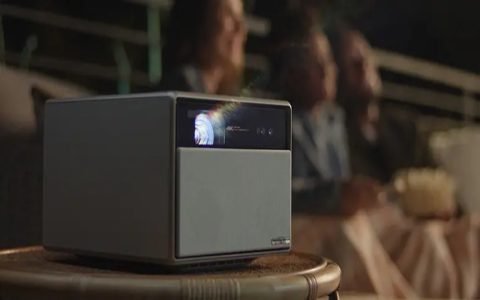Projector light bleed, often seen as unwanted peripheral glow or "halo" effects around the projected image, degrades contrast and black levels. Understanding causes and solutions is crucial for optimal image quality.
Primary Causes of Light Bleed
- LCD Panel Misalignment/Wear: Imperfect sealing or aging gaskets in LCD projectors allow light leakage around individual panels.
- Dust Contamination: Accumulation on polarizers, lenses, or within the optical path scatters light beyond the intended image area.
- Optical Path Degradation: Worn lens coatings, deteriorating mirrors, or internal reflections within compromised optics.
- Overheating: Excessive heat stresses optical components and seals, potentially warping elements and increasing internal reflections.
- Aperture/Iris Malfunction: Failure of the dynamic iris mechanism to close fully.
Effective Fixes and Mitigation Strategies
- Thorough Optical Cleaning: Carefully clean lens surfaces, filter vents, and accessible internal optics using approved tools (compressed air, soft brushes, specialized optical cleaner/microfiber cloths).
- Component Realignment/Seal Replacement: Requires technical expertise. Realigning LCD panels or replacing worn light tunnel seals/gaskets often resolves core leakage in LCD models.
- Optimize Projector Placement: Ensure perfect alignment with the screen. Use a screen with black borders to absorb peripheral spill; ambient light rejecting (ALR) screens offer superior bleed suppression.
- Environmental Dust Control: Regularly clean projector filters and operate in low-dust environments.
- Ensure Adequate Ventilation: Prevent overheating by maintaining clear airflow paths, clean filters, and sufficient clearance around intake/exhaust vents.
- Adjust Settings: Reduce brightness if feasible. Utilize built-in overscan controls to digitally mask minor edge bleed (sacrifices minimal resolution).
- Professional Service: For aperture/iris failure, significant internal dust, major panel misalignment, or DLP light tunnel degradation, seek qualified repair technicians. Component replacement is often necessary.
Persistent significant light bleed usually indicates component failure requiring disassembly and repair. Prevention through proper maintenance and environment is key to long-term avoidance.








